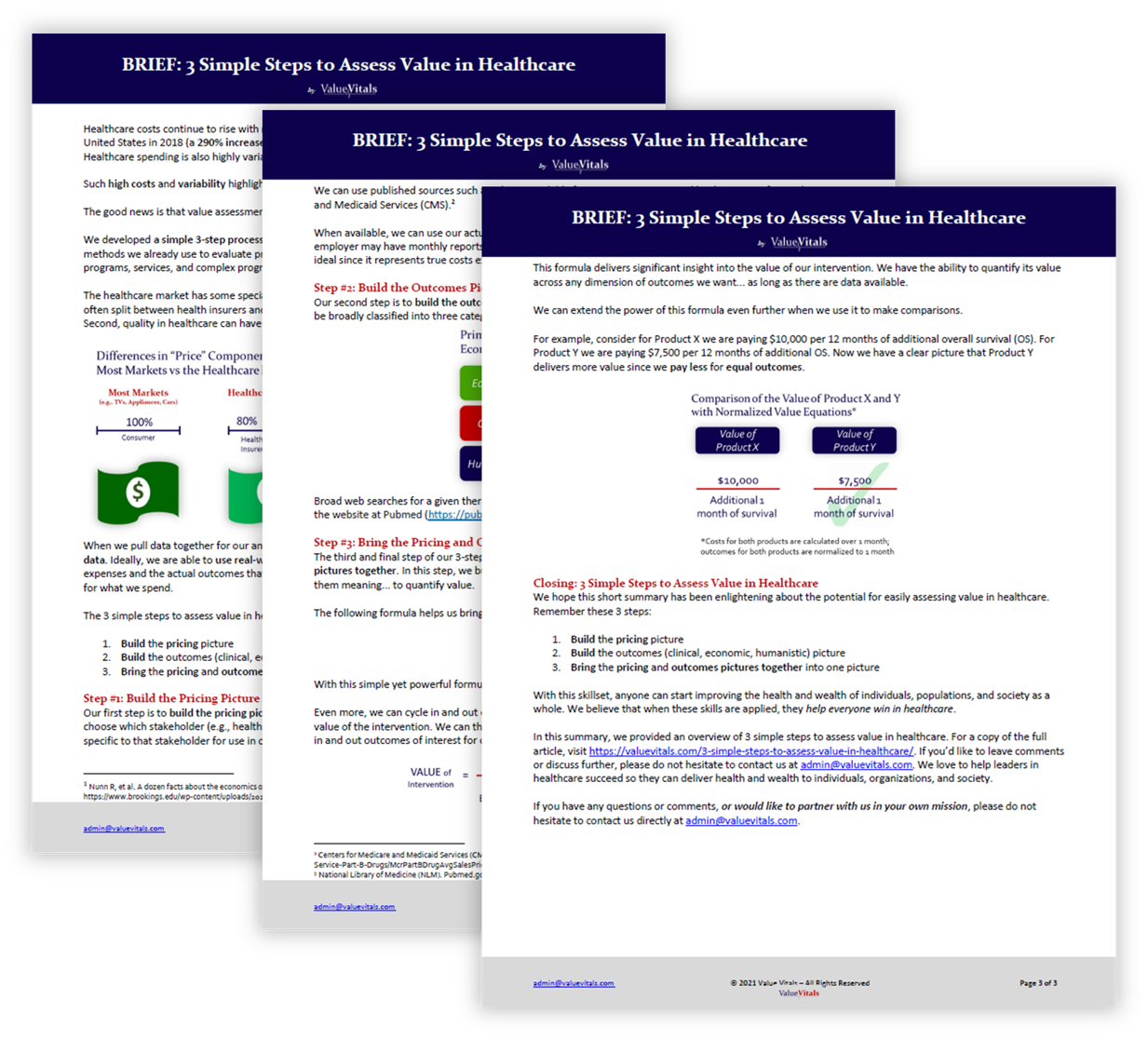If you’re looking for a surefire way to improve your health, look no further than your grocery store! Incorporating more fruits and vegetables into your diet can provide you with essential vitamins and minerals, help manage your weight, and reduce your risk of chronic diseases. But sometimes, it can be difficult to know where to start. That’s why we’ve put together a list of tips and tricks to help you add more produce to your plate!
Tip #1: Get Creative with Cooking
One of the easiest ways to incorporate more fruits and vegetables into your diet is to get creative in the kitchen. While raw or steamed veggies can be healthy choices, it’s also easy to get bored of the same old flavors. Instead, try sautéing vegetables with garlic and olive oil, roasting them with your favorite spices, or even grilling them alongside your favorite proteins. Fruits can be enjoyed in salads, smoothies, or even grilled for a sweet treat.

By getting creative with cooking, you can make produce feel less like a chore and more like a tasty adventure. Plus, you’ll get to experiment with new flavors and textures!
Tip #2: Make It a Game
If you have kids (or just a competitive spirit), try turning eating more fruits and veggies into a game. See who can eat the most colors in a rainbow of produce each day, or challenge each other to try a new fruit or vegetable each week. You can even set up a chart or calendar to keep track of your progress and reward yourselves with a fun activity or treat at the end of the month.

By making it a game, eating more produce can become fun and exciting – and you’ll be more motivated to stick with it over the long term.
Tip #3: Sneak It In
If you just can’t seem to stomach that spinach salad, try sneaking more produce into your favorite dishes. Shred zucchini or carrots into pasta sauce, add greens to your morning smoothie, or mix pureed vegetables into baked goods like muffins and breads. You’ll still get the nutritional benefits of the produce without feeling like you’re forcing yourself to eat something you don’t like.

Just be mindful of added sugars or unhealthy fats you might be sneaking in alongside those veggies – no need to undo all your hard work by loading up on processed foods!
Tip #4: Keep It Fresh
When it comes to produce, freshness is key. Not only will fresh fruits and veggies taste better, but they’ll also have more of their nutritional benefits intact. Try visiting your local farmer’s market or joining a produce subscription service to get access to fresh, seasonal produce each week. Not only will you be supporting your local community, but you’ll also get to experiment with new flavors and textures you might not have tried otherwise.

By keeping it fresh, you’ll be more likely to enjoy eating all those fruits and veggies – and you’ll feel good knowing that you’re giving your body the nutrients it needs to thrive.
Incorporating more fruits and vegetables into your diet doesn’t have to be a chore. By getting creative in the kitchen, making it a game, sneaking it into your meals, and keeping it fresh, you can enjoy all the benefits of a produce-packed diet in a fun and easy way. So go ahead – load up your plate with all the colors of the rainbow!
























